Recent development news in Bastrop County includes an expansion of the SpaceX facility and a new solar farm being built across 900 acres. Read about these projects and more below.
SpaceX is expanding its footprint in Bastrop.
The facility at 858 FM 1209 in Bastrop will soon add 80,000 square feet to its existing office space—an estimated $8 million in upgrades, according to a filing with the Texas Department of Licensing and Regulation.
Some context
In March, Texas Gov. Greg Abbott announced that a $17.3 million grant was awarded to SpaceX through the Texas Semiconductor Innovation Fund to assist with the expansion, which is expected to create more than 400 jobs.
“Texas connects the nation and the world with the most advanced technologies manufactured right here in our great state,” he said at the time. “I congratulate SpaceX on their more than $280 million investment in this Texas-sized expansion of their semiconductor [research and development] and advanced packaging facility in Bastrop.”
The outlook
Although the next phase of the project is for 80,000 square feet, SpaceX plans to add 1 million square feet to the facility—which will feature space for printed circuit boards, a semiconductor failure analysis lab and advanced packaging for panel level packaging—over the next three years, according to the governor’s office.
Construction is underway on RWE Clean Energy’s Waterloo Solar farm.
The development, which broke ground in March, will add to the German company’s portfolio of more than 170 operational facilities in the United States.
The details
Senior U.S. Manager Patricia Kakridas said the project, spread across 900 acres in western Bastrop County, will create 300 full-time jobs and have a maximum output of 200 megawatts of electricity—100% of which will be directed to Facebook’s parent company Meta.
“These collaborations enable us to continue investing in communities across America like Bastrop County, helping to stimulate job creation and economic prosperity,” Christoph Hunfeld, RWE’s chief commercial officer, said in a news release.
The outlook
Operation is scheduled to commence in late 2027, according to a document filed with the Public Utility Commission of Texas.
Developers with Iron Realty are aiming to build dozens of residential units and multiunit townhomes, as well as a 4,000-square-foot restaurant in Bastrop.
The details
Paradise Engineers is designing the project.
The nearly 7.4-acre property at 2002 Hwy. 95, Bastrop, which is currently vacant, is east of the Public Works Department and south of the Bastrop Youth Baseball and Softball Organization’s fields.
What residents are saying
Heather Green, a Bastrop resident, spoke in favor of the Crossing at 95 project during an Oct. 1 town hall meeting.
“We deserve to be able to go to a place right around the corner that feels like home,” she said. “I feel like the developers have been very forthcoming and flexible. There are a lot of things that we don’t have answers to, but this gives us some growth and it’s respectful of the people that are [already] there.”
Daily news about your community is free, and your support is invaluable.
Become an InCIder

 512-215-3747
512-215-3747




 Service Areas
Service Areas























